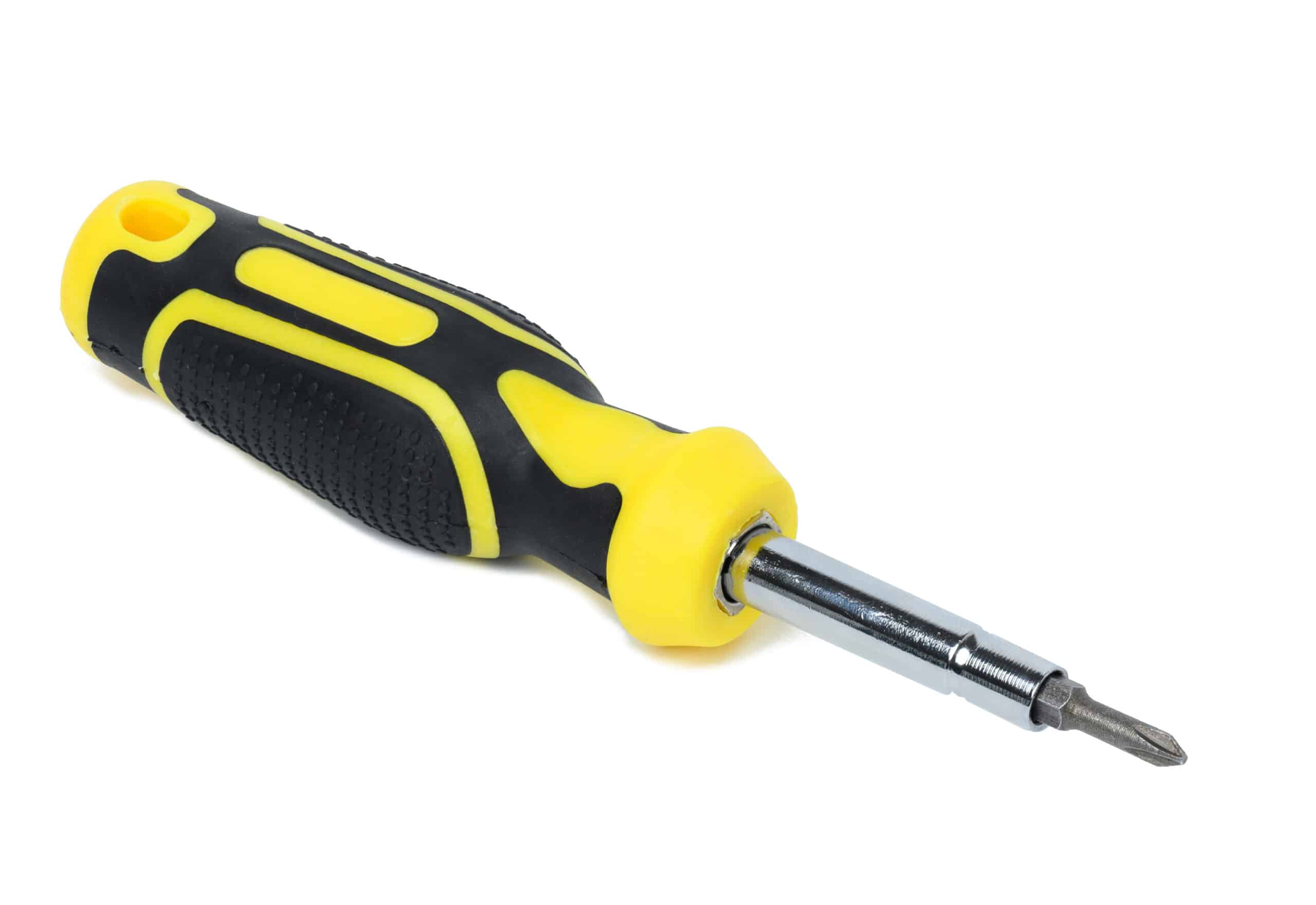Who Invented the Phillips Screwdriver?
Key Takeaways
- The Phillips screwdriver was invented by John P. Thompson and patented in 1933.
- Henry F. Phillips played a significant role in the development and promotion of the Phillips screwdriver.
- The Phillips screw quickly gained popularity in industries such as automotive, railroad, and aviation, revolutionizing the way screws were used in industrial manufacturing.
The Phillips screwdriver is a popular tool used to drive Phillips screws, which have a distinct cross-shaped recess in their heads. But who is responsible for inventing this handy tool? The Phillips screwdriver was invented by John P. Thompson, a resident of Portland, Oregon. In 1932, Thompson applied for the patent rights for the design of the Phillips screw and driver, and the patents were eventually granted in 1933.
However, it was Henry F. Phillips, the managing director of the Oregon Copper Company, who played a significant role in the development and promotion of the Phillips screwdriver. After the patents were granted to Thompson, the rights were assigned to Phillips. In 1933, Phillips formed the Phillips Screw Company with the aim of licensing the design to manufacturers. This decision would prove to be a turning point in the history of screws and screwdrivers.
The Rise of the Phillips Screw
Once the Phillips Screw Company began licensing the Phillips screw design, it quickly gained popularity. Industries such as automotive, railroad, and aviation embraced the Phillips screw due to its improved efficiency and ease of use. By 1939, twenty companies worldwide had obtained licenses to produce Phillips screws, indicating the widespread adoption of this innovative fastening system.
One of the early adopters of the Phillips screw was General Motors. In 1936, they started using Phillips screws in their Cadillac assembly lines, recognizing the benefits of the design in terms of speed and convenience. This endorsement by a major automobile manufacturer further cemented the Phillips screw’s place in industrial manufacturing.
By 1940, the Phillips screw had become so prevalent that 85% of U.S. screw manufacturers had obtained licenses for its production. The success of the Phillips drive system was undeniable, and it revolutionized the way screws were used in various industries.
Challenges and Legacy
However, the journey of the Phillips screwdriver was not without its challenges. In 1947, the U.S. government filed a lawsuit against the Phillips Screw Company and other manufacturers, accusing them of anti-competitive practices. The case concluded in 1949 with a consent decree that dissolved the patent pool, marking the end of Phillips’ exclusive control over the design.
Despite this setback, the Phillips drive system continued to be widely used. Henry Phillips retired in 1945 and passed away in 1958, but his contributions to the world of fasteners remain significant. Today, the Phillips screwdriver is still a staple in many toolboxes and is recognized as one of the most important inventions in the field of screw fastening.
Conclusion
In conclusion, the Phillips screwdriver was invented by John P. Thompson, but it was Henry F. Phillips who played a pivotal role in its development and promotion. The Phillips screw and driver revolutionized the way screws were used in industrial manufacturing, with companies worldwide adopting the design. Despite facing legal challenges, the Phillips drive system remains widely used today, although it is gradually being replaced by newer technologies.
Related Websites:
FAQs:
Q: What is a Phillips screwdriver?
A Phillips screwdriver is a tool specifically designed to drive Phillips screws. It features a unique cross-shaped tip that allows for better grip and torque. This type of screwdriver is commonly used in various applications, including furniture assembly, electronics repair, and automotive work.
Q: Who invented the Phillips screwdriver?
The Phillips screwdriver was invented by Henry F. Phillips in the 1930s. He recognized the need for an improved screwdriver design that could provide better control and prevent cam-out, a common issue with traditional flathead screwdrivers.
Q: What were the motivations behind the invention of the Phillips screwdriver?
The invention of the Phillips screwdriver was driven by the need for a more efficient and reliable screwdriver design. Henry F. Phillips aimed to address the limitations of existing screwdrivers, such as slipping and damaging screws, by creating a tool that offered improved torque, reduced cam-out, and increased productivity.
Q: Who were the key individuals involved in the invention of the Phillips screwdriver?
The invention of the Phillips screwdriver involved collaborative efforts. Henry F. Phillips, the inventor, worked closely with John P. Thompson, an engineer at the American Screw Company, to develop and refine the design. Their iterative process eventually led to the creation of the Phillips screwdriver we know today.
Q: What impact did the Phillips screwdriver have on modern-day applications?
The Phillips screwdriver revolutionized the way screws are driven. Its advantages over previous designs, such as increased torque and reduced cam-out, made it highly popular and widely adopted. The Phillips screwdriver’s success also influenced the development of other screwdriver variations, contributing to the advancement of screw-driving technology as a whole.





